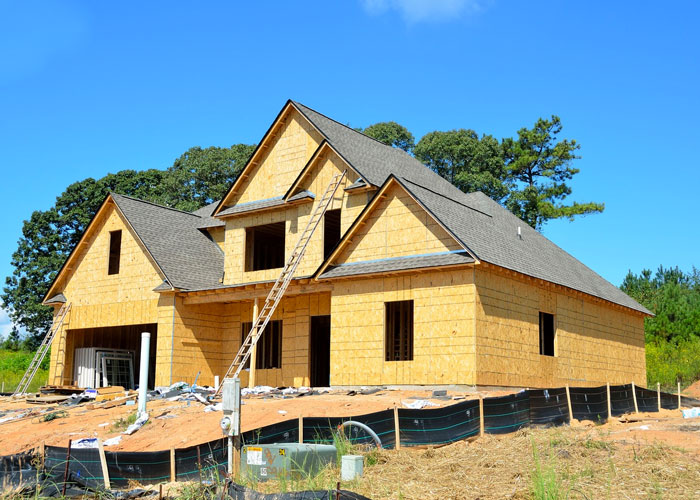
The Different Types of Construction Loans Your Mortgage Business Should Know About
 Building a new home from the ground up can be an exciting experience. After all, the homebuyer has complete control over everything that goes into the creation of their new home, from the interior embellishments to the property’s landscaping. But when a buyer chooses to go this direction instead of buying a pre-existing home, the lending process is more complex because more than one loan is usually required.
Building a new home from the ground up can be an exciting experience. After all, the homebuyer has complete control over everything that goes into the creation of their new home, from the interior embellishments to the property’s landscaping. But when a buyer chooses to go this direction instead of buying a pre-existing home, the lending process is more complex because more than one loan is usually required.
One of the loans a buyer will need to facilitate the process is a construction loan. This loan is different from the traditional mortgage because it is shorter in length (usually one year or less), and the lender typically requires detailed plans, a construction timetable, and a workable budget.
With this guide, you’ll be able to ensure your client knows all about the two different types of construction loans (construction-to-permanent and stand-alone), and what to expect from each of them.
Construction-to-Permanent Style Construction Loans
With a construction-to-permanent loan, the buyer borrows a loan to pay for the construction of their home. Usually 20% down of the expected permanent mortgage amount is required. During the time when the home is being built, the borrower pays only the interest on their loan. On this type of loan, the interest payment can vary month-to-month because the interest is variable during this period.
Then, when the home is finished and the buyer moves in, the balance of the loan is converted into a permanent mortgage in which the borrower can choose their terms (15- or 30-year) and rate type (fixed or adjustable). This type of loan is essentially two loans in one, and as a result, the borrower pays fewer loan fees.
Stand-Alone Style Construction Loans
With a stand-alone construction loan, the borrower only borrows the amount needed to build the home. A second loan will be needed once the construction is completed and the buyer moves in. The second loan is the actual mortgage through which the borrower pays off the construction debt. With a stand-alone construction loan, two separate loans are needed, but one of the main advantages of this type is that it can be obtained with a smaller down payment.
While this type of loan can be a good option for those with less than 20% available to put down, it does have its drawbacks. In addition to having to pay for two different sets of loan fees and two closings, the borrower can’t lock in their mortgage rate until after the construction is completed. This can often result in a higher than expected interest rate on the mortgage.
RGR Marketing Has the Mortgage Leads Your Business Needs to Grow
RGR Marketing has been providing mortgage companies like yours with high-quality mortgage leads for over 20 years. If you want high-quality leads to complement your organic lead generation strategy, then we can help.
When you purchase leads from us, your leads are exclusive to you, meaning they’re not shared with any other mortgage company or lead generation provider. These are warm leads that have shown increased interest in getting mortgages. Find out for yourself how our high-quality mortgage leads can help your mortgage business grow – contact RGR Marketing today!
Start making more
money today!
Search Categories
Tags
Tag Cloud
Latest from Twitter
Contact Us
Call us at 310-540-8900 or fill out the form below and we’ll tell you how you can get high quality leads for free*.
* Get up to 10% free leads on your first order!